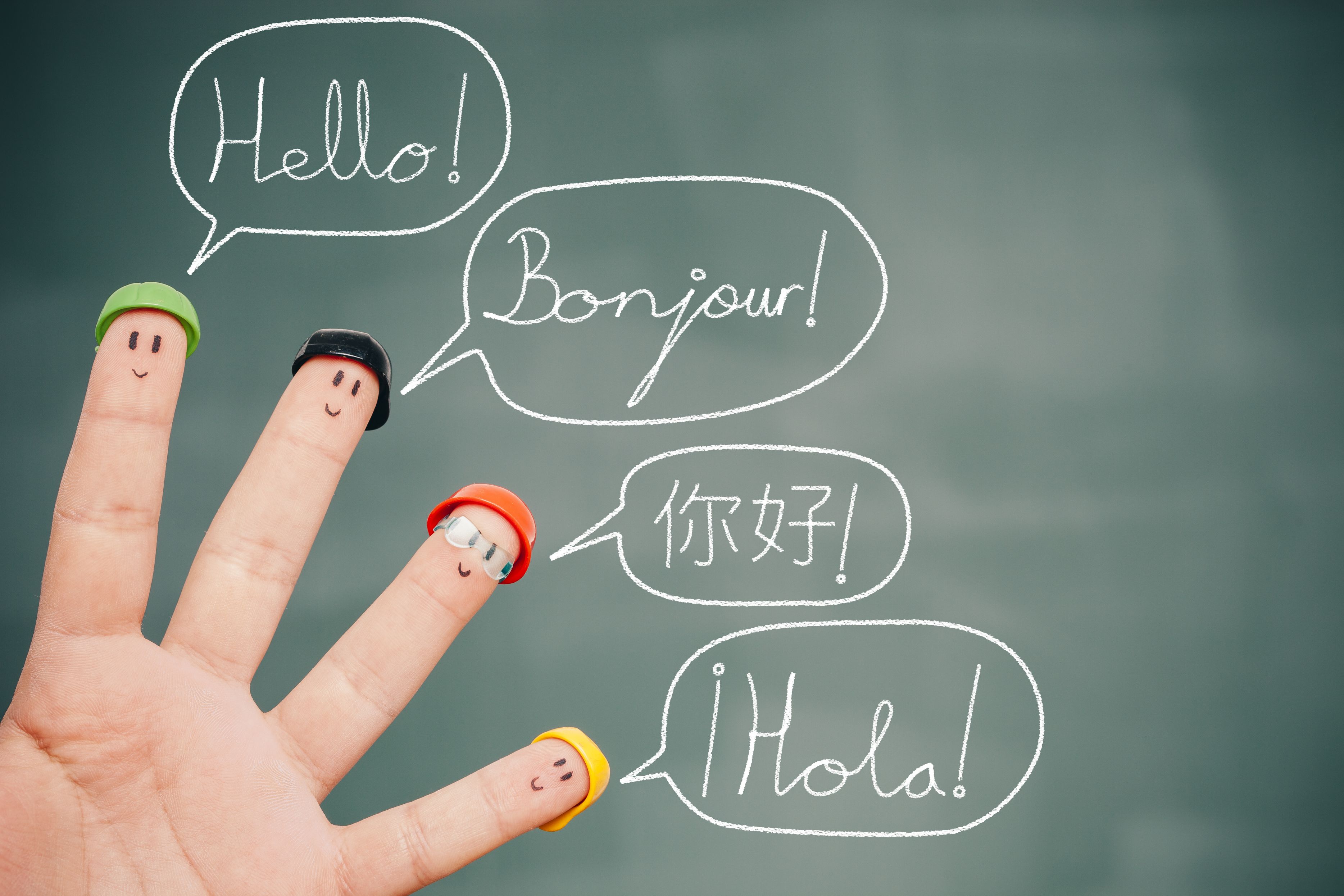Over one billion people are trilingual, and for those looking to learn two languages simultaneously, the task is not impossible. By understanding the brain’s ability to adapt to language learning, individuals can apply specific strategies to become proficient in multiple languages at once. According to experts, having a plan, getting structured guidance, and incorporating cultural immersion are key aspects of this process. The rewards of this linguistic effort include wider cultural access and connections.
Key Points:
- Human Brain’s Adaptability to Language: Humans are designed to learn languages, and though it becomes more difficult as we age, learning two languages at once is achievable. Experts liken it to carving two paths through a jungle, requiring more time and effort.
- Studies and Bilingual Advantage: Research shows that learning two languages simultaneously can be done effectively. Being bilingual can also make it easier to learn additional languages, as the brain has already made the significant effort required to learn a new language.
- Planning and Understanding Objectives: To learn two languages simultaneously, one must define clear objectives and understand the varying difficulty levels of different languages. Planning according to your goals and choosing languages compatible with your native tongue can make the process more manageable.
- Guidance and Structured Practice: Getting guidance through tutors or language classes and utilizing language-learning apps are important steps in the process. Combining structured practice with self-study can lay a strong foundation.
- Cultural Immersion: Integrating languages into daily activities through music, podcasts, movies, and cultural exchanges provides a more natural and engaging approach to language learning. It not only enhances language skills but also expands cultural horizons and communities.
Source: https://www.popsci.com/diy/can-you-learn-two-languages-at-once/






